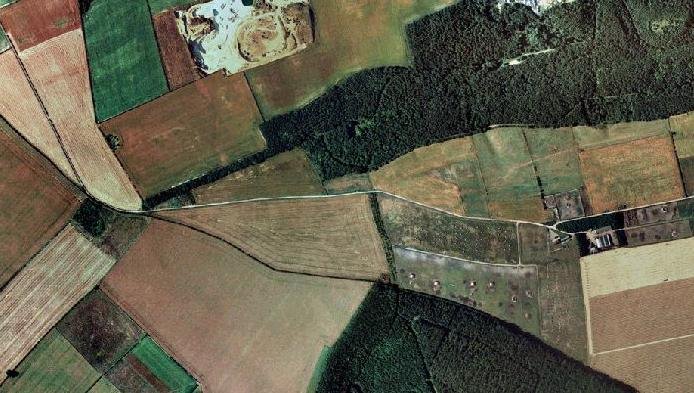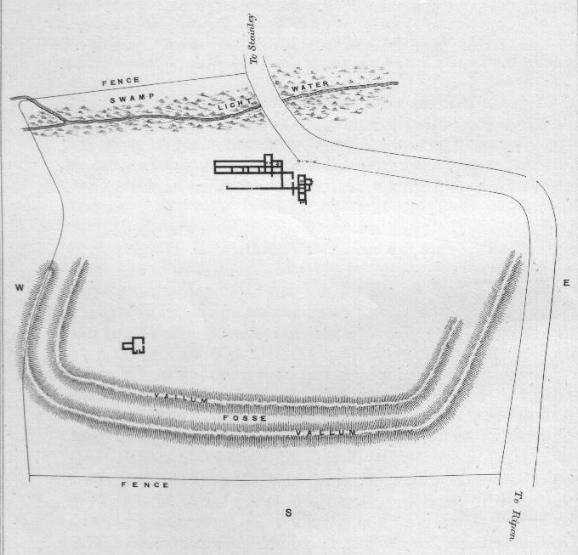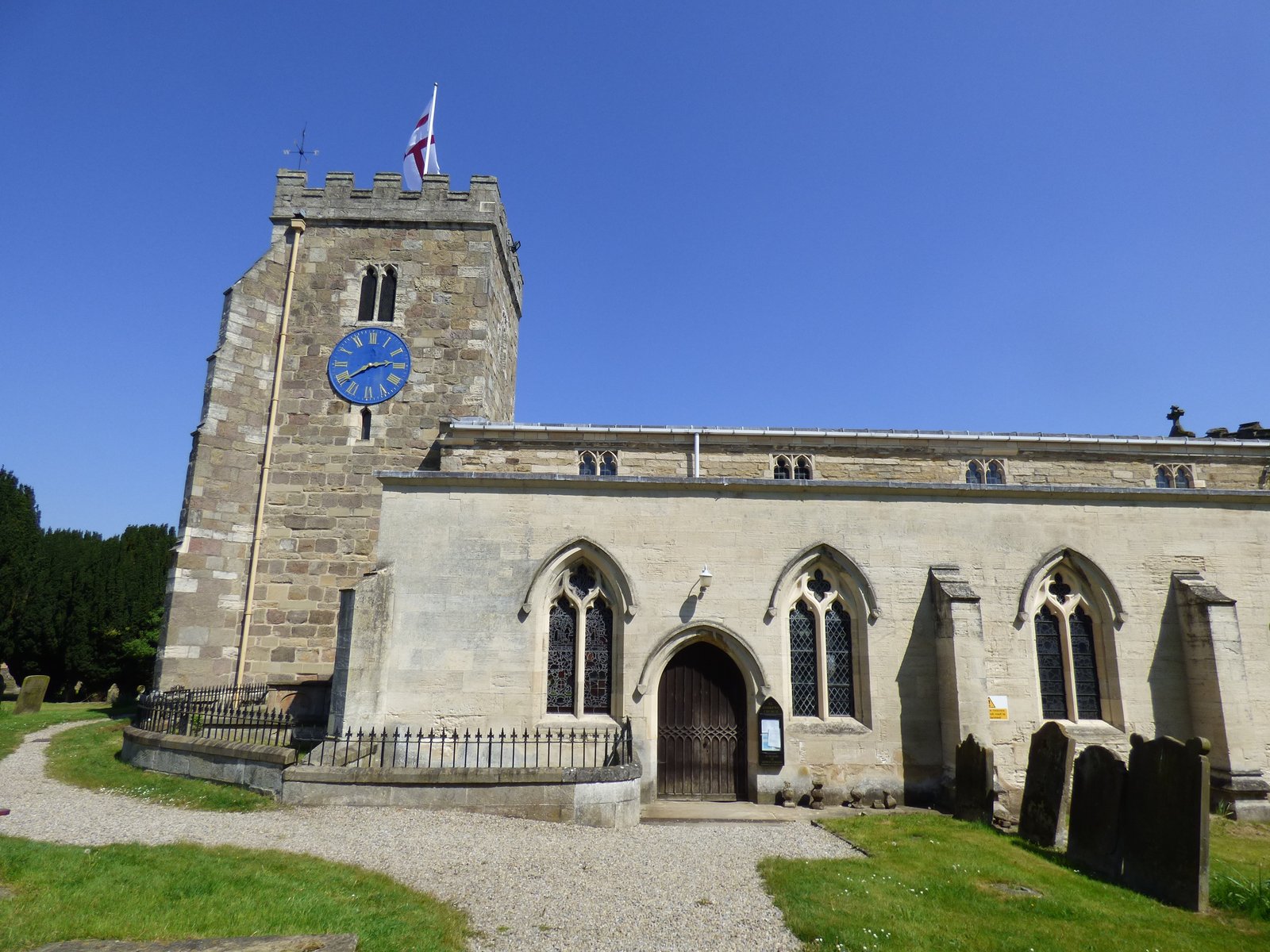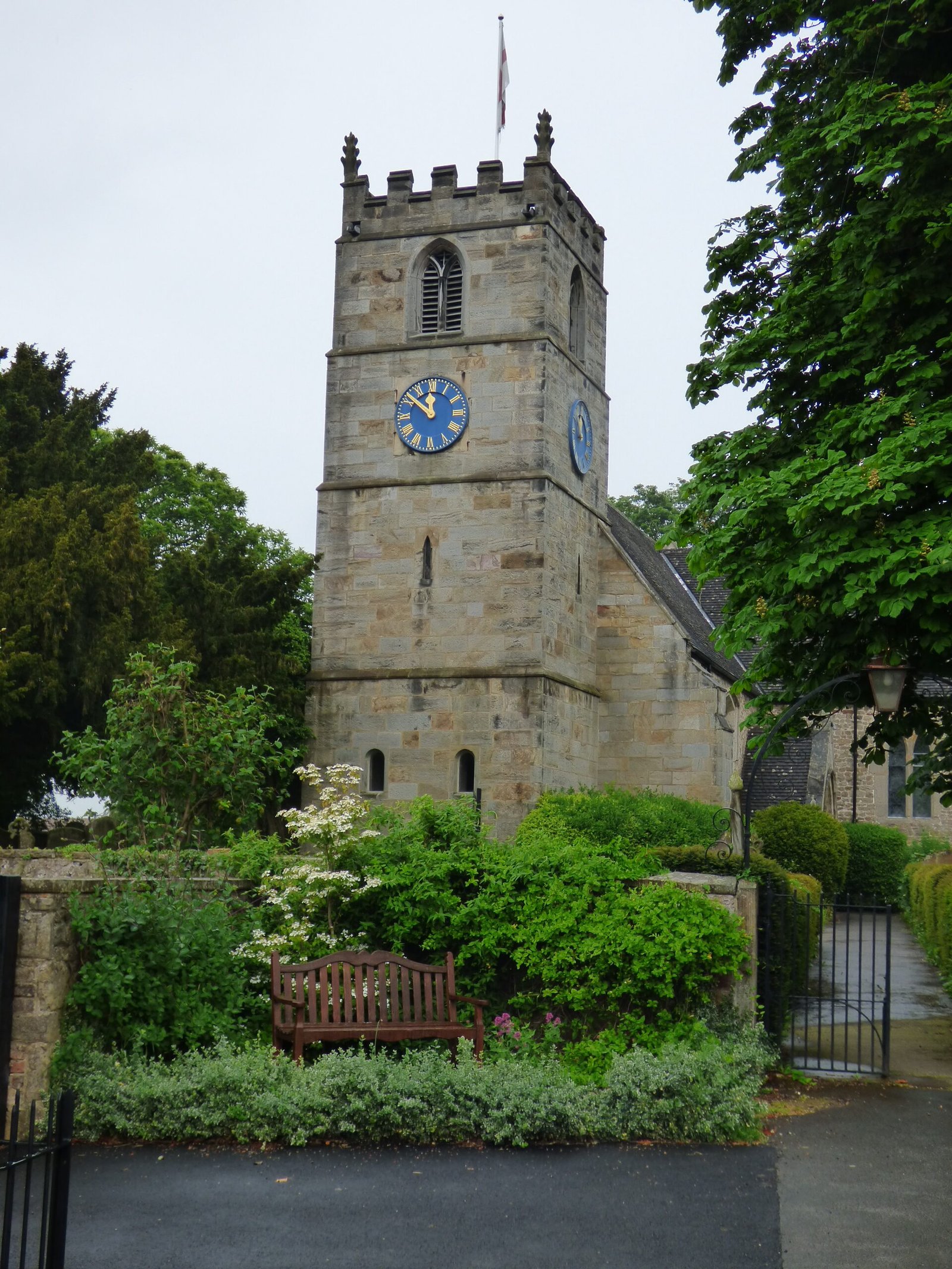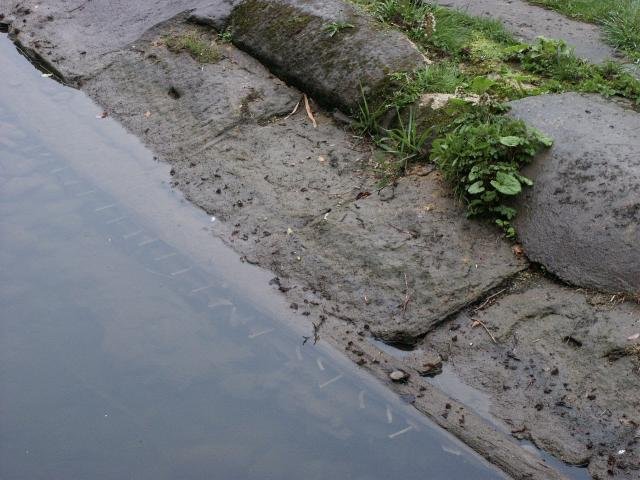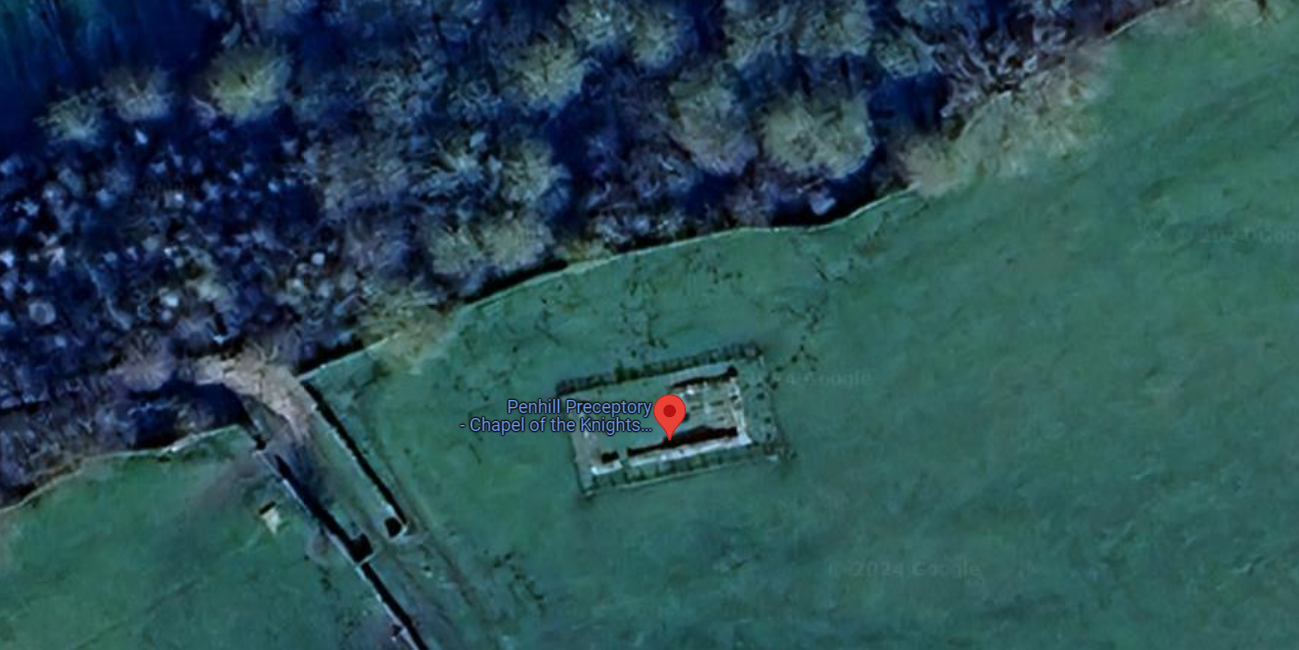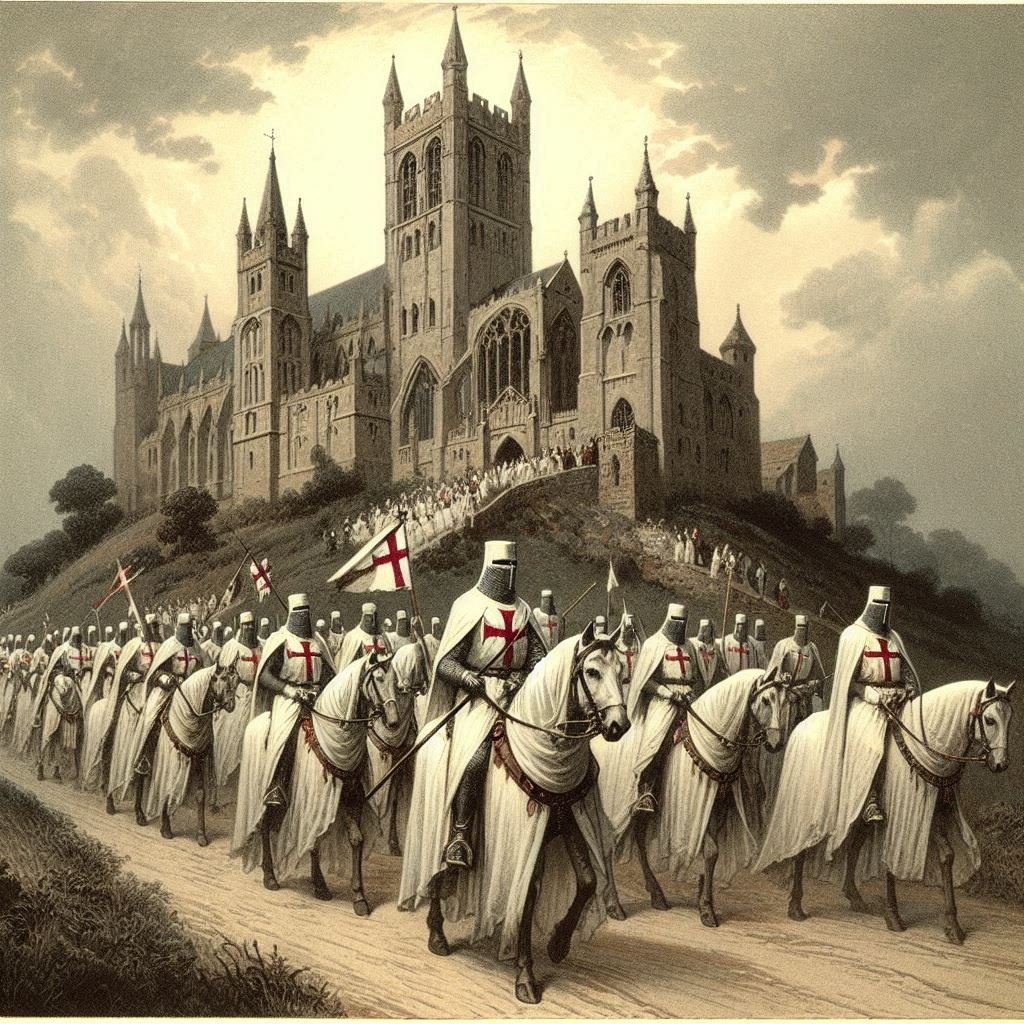Site Details:
 Bellerby, a charming village nestled in the heart of North Yorkshire, England, boasts a rich tapestry of history that dates back to the Domesday Book of 1086, where it was recorded as "Belgebi" – a name derived from Old Norse, meaning "Berg's farmstead or clearing." This historical gem, situated approximately 7 miles southwest of Richmond and 1.5 miles from the market town of Leyburn, has evolved steadily since the Dark Ages.
Bellerby, a charming village nestled in the heart of North Yorkshire, England, boasts a rich tapestry of history that dates back to the Domesday Book of 1086, where it was recorded as "Belgebi" – a name derived from Old Norse, meaning "Berg's farmstead or clearing." This historical gem, situated approximately 7 miles southwest of Richmond and 1.5 miles from the market town of Leyburn, has evolved steadily since the Dark Ages.
 The village's population has fluctuated over the centuries, with notable increases and decreases influenced by events such as migration to America in the early 1900s and urbanization drawing people to larger cities. Today, Bellerby stands proud with its population of around 364, according to the 2011 census, reflecting a vibrant community that values its heritage and rural charm.
The village's population has fluctuated over the centuries, with notable increases and decreases influenced by events such as migration to America in the early 1900s and urbanization drawing people to larger cities. Today, Bellerby stands proud with its population of around 364, according to the 2011 census, reflecting a vibrant community that values its heritage and rural charm.
The village's architecture and layout still bear marks of its medieval past, with tofts and crofts visible as house plots with long gardens, indicative of the medieval cooperative farming system. The manor house, apart from the village, remains largely unchanged since 1575, and the cultivation strips and lynchets surrounding the village hint at its former arable land. The 1770 Enclosure Award led to the division of common pastures and Bellerby Moor, shaping the landscape we see today.
Bellerby's ecclesiastical history is equally fascinating, with the village originally being a chapelry within Spennithorne Parish before becoming a parish in its own right in 1853. The Anglican church, dedicated to St. John the Evangelist, was rebuilt on its original site in 1874, incorporating elements from the previous church, including a kneeler inscribed with "FI 1801." This is a small yet dignified church, with its attractive bell turret and pitch pine fittings, stands as a testament to the village's enduring faith and community spirit.
The village green, graced by a handsome sycamore tree planted in 1818, serves as a focal point for community life, alongside the Memorial Hall, built in 1930 to honour those lost in war. The playing field nearby reveals vestiges of medieval cultivation strips, connecting the present to the village's agricultural roots. Bellerby's social fabric is further enriched by the Cross Keys pub, a hub for locals and visitors alike, offering a warm Yorkshire welcome.
Bellerby's natural beauty is accentuated by its becks, including Bellerby Beck and Mill Beck, which are crossed by numerous bridges, adding to the village's picturesque setting. The presence of ducks thriving in these waters and the friendly gardens of residents adds a touch of bucolic bliss to the village atmosphere.
The village's historical significance is not just confined to its buildings and layout; archaeological finds such as a Neolithic axe head and worked flints suggest human presence in the area for at least 4000 years. The discovery of Bronze Age burials and Iron Age settlements in neighbouring parishes further underscores the long-standing human connection to this land.

The landscape surrounding Bellerby is a testament to its rich historical narrative, marked by the earthworks and remnants of past settlements that whisper tales of bygone eras. Notably, the medieval settlement and prehistoric hut circle settlement located near Washfold Farm, known locally as Old Bellerby or T'old Ruins, are significant archaeological sites. These earthworks, situated on a limestone platform on the south side of Bellerby Beck's shallow valley, provide a window into the village's medieval and prehistoric past.
The earthworks are believed to be the remains of a medieval settlement, which overlies an even older prehistoric hut circle settlement. This layering of historical phases indicates a long-standing human presence and suggests that the area has been a hub of activity and habitation for millennia. The precise nature of these earthworks and the details of the lives they once supported continue to fascinate archaeologists and historians alike.
Beyond these ancient ruins, the village's topography is shaped by its agricultural heritage. The fields above the village, with their gentle rise, lead to moorlands to the north and west, offering panoramic views and a sense of continuity with the natural world. The becks, particularly Bellerby Beck, which originates from a spring on Moor Road, and Mill Beck, a diverted section of Bellerby Beck, add to the village's charm. These streams meander through the landscape, crossing under quaint bridges and contributing to the village's idyllic setting.


